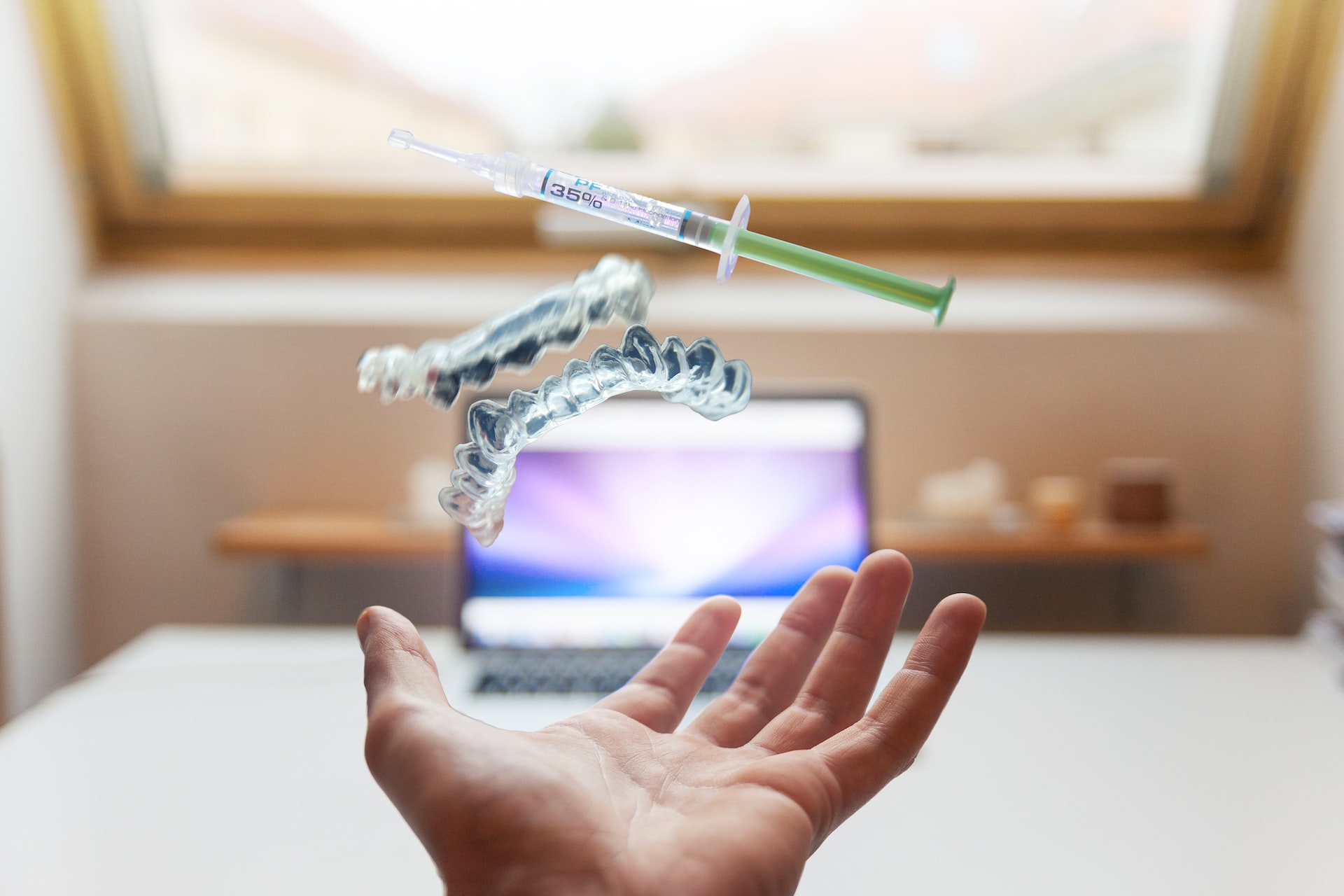Designation of authorised representative
The manufacturers can designate only one authorised representative per generic device group, and the designation is valid when accepted in writing. The manufacturer and the authorised representative can structure their contractual relationship as appropriate, but a written mandate is necessary whether the authorised representative is independent or part of the same larger organization as the manufacturer.
A manufacturer can only delegate certain obligations to their authorised representative, not being possible to delegate:
- The obligations laid down in MDR Article 10(1), (2), (3), (4), (6), (7), (9), (10), (11) and (12)
- The obligations laid down in IVDR Article 10(1), (2), (3), (4), (5), (6), (8), (9), (10) and (11)
The designation of authorised representatives is verified by the importers. To do this, they must check if the authorised representative’s name appears on relevant documentation such as the EU declaration of conformity, relevant certificates, and device labelling. Moreover, the designation could be verified using the EUDAMED database.
Registration of authorised representative
The authorised representatives must register its details in EUDAMED.
The information provided include:
- Type of economic operator (authorised representative)
- Name, address and contact details of the economic operator
- If the submission is carried out by another person on behalf of the economic operator: the name, address and contact details of that person
- Name address and contact details of the PRRC.
In addition to registration, the authorised representative must check the accuracy of the data up to one year after the initial submission (and every second year thereafter) and must assure that the information is updated within one week after any change.
The management of mandates for authorised representatives in EUDAMED, including termination of a mandate, is provided in the “EUDAMED: Economic Operator user guide”, available HERE!.
Other responsibilities of authorised representative
The responsibilities of authorised representatives are summarized in the table below.
| Verify manufacturer’s UDI and registration obligations | Manufacturer’s obligation to register its information and devices in EUDAMED cannot be delegated, however, the authorised representative must verify that the manufacturer has complied with its UDI and devices registration. |
| Verify EU Declaration of Conformity, technical documentation, and conformity assessment procedure | The authorised representative verifies that the EU declaration of conformity and technical documentation have been drawn up and that an appropriate conformity assessment procedure has been carried out. |
| Keep documents | The authorised representative must keep a copy of the technical documentation, the EU declaration of conformity and, if applicable, a copy of the relevant certificate at the disposal of competent authorities for a period of at least 10 years after the last device covered by the EU declaration of conformity has been placed on the market, and in the case of implantable devices, a period of at least 15 years after the last device has been placed on the market. Apart from the copy of the technical documentation, the EU declaration of conformity and the copy of the relevant certificate, the authorised representative must also keep depending on the situation: The documentation on the manufacturer’s quality management system Information on changes The decisions and reports from the notified body copies of scientific opinions and reports and their additions/supplements |
| Demonstrate that documents were verified | The authorised representative should maintain open communication lines with the manufacturer and verify that the necessary documentation has been drawn up and up to-date. The authorised representative must demonstrate to the competent authority that those verifications have been performed. |
| Inform the manufacturer about complaints | The authorised representative must immediately inform the manufacturer about complaints and reports from healthcare professionals, patients and users about suspected incidents related to the device. |
| Cooperate with the competent authority | Upon request from a competent authority, the authorised representative must provide all the information necessary to demonstrate the conformity of a device, in an official Union language determined by the Member State concerned. The authorised representative should forward to the manufacturer any request by a competent authority for device samples or access to device and should verify that this was accomplished. The authorised representative must cooperate with the competent authorities on any preventive or corrective action taken to eliminate or mitigate the risks posed by devices. Meeting this requirement may involve the authorised representative coordinating and communicating with importers and distributors and other entities in the supply chain. |
Liability of authorised representative
If the manufacturer has not complied with the general obligations (MDR/IVDR Article 10), and did not delegate its obligations, the authorised representative remains legally liable for defective devices on the same basis as, and jointly and severally with, the manufacturer.
Therefore, the authorised representative can be liable if:
- The manufacturer’s liability for a defective device is established under applicable Union or national law (e.g. Product liability Directive 85/374/EEC transposed into national law), and;
- It is established that the manufacturer has not complied with the general obligations (MDR/IVDR Article 10).
Thus, the authorised representative may have a particular interest to verify that the manufacturer has fulfilled its obligations, including the obligation to provide sufficient financial coverage (Liability insurance).
The liability “on the same basis as the manufacturer”, means that if liability is alleged under an applicable Union or national law, the authorised representative has the same rights to defend itself as the manufacturer under that regime.
The liability would ultimately be decided by the competent courts.
Termination of mandate
The authorised representative has the right to terminate the mandate if the manufacturer acts contrary to its obligations under the Regulations.
An authorised representative who terminates its mandate because of the abovementioned, shall immediately inform the competent authority and, if applicable, the notified body involved in the conformity assessment. In the event of a problematic termination, the authorised representative is advised to inform of the extent of the manufacturer’s non-compliance.
If the authorised representative terminates the mandate, it should still cooperate with the competent authorities for devices placed on the market during the period in which it was designated. This is especially relevant if no new authorised representative has yet been designated for those devices.
Change of authorised representative
In general, a tripartite agreement should exist to change the authorised representative, except if the outgoing authorised representative ceases to exist, are no longer traceable or, for other reasons properly justified.
That agreement shall address
- The date of termination of the mandate of the outgoing authorised representative and date of beginning of the mandate of the incoming authorised representative
- The date until which the outgoing authorised representative may be indicated in the information supplied by the manufacturer
- The transfer of documents, including confidentiality aspects and property rights
- The obligation of the outgoing authorised representative to forward to the manufacturer or incoming authorised representative any complaints or reports about suspected incidents.
Person Responsible for Regulatory Compliance (PRRC)
The authorised representatives shall have permanently and continuously at their disposal at least one PRRC.
There should be a clear contractual relationship in place between the authorised representative and the PRRC. The authorised representatives whose mandate with the manufacturer covers “legacy devices”, are not required to appoint a PRRC.
Market Surveillance
In addition to the responsibilities previously stated, the authorised representatives:
- may be consulted in the context of market surveillance measures taken by competent authorities
- may be required to make documentation available to competent authorities as part of their market surveillance activities
- may be subject to announced and unannounced inspections by the competent authorities as part of their market surveillance activities















